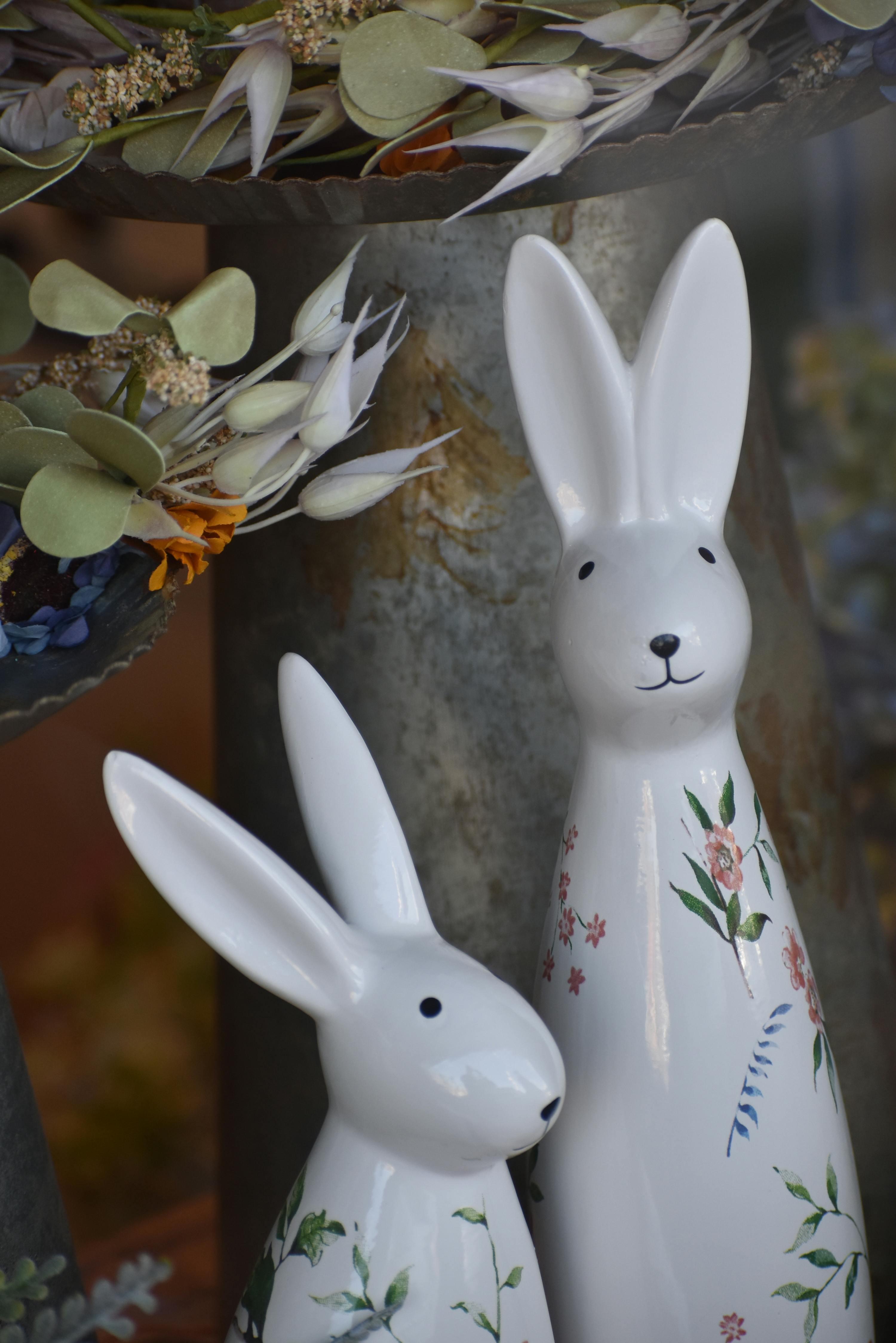
Essential Guide to Yellow Betta Fish for Vibrant Aquariums
Yellow betta fish are a stunning addition to any aquarium, with their vibrant color and unique personality. These freshwater fish, part of the betta family, stand out not only for their beautiful golden hues but also for their captivating behavior. In this article, we will delve into the exciting world of yellow betta fish, covering their care, habitat requirements, and compatibility with other fish species. Understanding these aspects will help you create a vibrant aquarium that highlights the beauty of yellow bettas, while ensuring their health and happiness.
As you embark on your journey of caring for these exotic fish, we will also discuss the ideal feeding practices, tank setup, and decorations that enhance their environment. We will explore the genetics of betta fish colors, highlighting how breeding can influence the vibrant appearance of these fish. By the end of this guide, you’ll be equipped with all the essential information to provide the very best care for your yellow betta fish.
Key takeaways include understanding the right tank mates for yellow bettas, optimizing their habitat, and ensuring proper nutrition. Let’s dive in!
Optimal Tank Setup for Yellow Betta Fish
Creating the right tank environment is crucial for the well-being of your yellow betta fish. Start with selecting the appropriate tank size; a minimum of 5 gallons is recommended to provide ample space for swimming and hiding. Consider incorporating various decorations and aquatic plants, as these not only beautify the tank but also create safe spaces for your bettas.
When setting up your aquarium, maintain a water temperature between 75°F and 82°F. Utilize a reliable water heater and monitor the temperature regularly to avoid temperature fluctuations that can stress your bettas. Additionally, ensure that you have proper filtration in place to maintain water quality and clarity.
Adding live plants, such as Java fern or Anubias, can further enhance the tank environment. These plants not only provide hiding spots but also contribute to better water quality by absorbing excess nutrients. Keep in mind that betta fish enjoy territories, so having plenty of decorations and plants can help reduce aggression among tank mates.
Betta Fish Tank Decor and Accessories
Tank decor plays an essential role in the happiness and well-being of your yellow betta fish. Choose decorations that provide hiding spots and swimming space that promote a sense of security. Avoid sharp objects that can damage their delicate fins. Look for soft silk plants, caves, and floating decorations that allow your betta to explore without risk.
Don’t forget to include a filtration system that suits your tank size. A gentle filter is ideal to prevent strong currents which can fatigue the betta. Regularly clean the tank to avoid debris buildup and help maintain healthy living conditions.
Bit of advice: implementing a dark substrate can enhance the yellow colors of your betta fish, creating a vibrant visual effect. Incorporating a variety of decor also mimics their natural habitat, making them feel more at home.
Water Quality for Betta Fish Health
Water quality is paramount in ensuring the health of your betta fish. Conduct regular tests of pH levels, ammonia, nitrites, and nitrates to keep the water parameters in check. Bettas thrive in slightly acidic to neutral water (pH 6.5-7.5). Utilize a water conditioner to remove chlorine and chloramines before adding tap water to your aquarium.
Perform weekly partial water changes of about 25-50% to maintain optimal conditions. This practice not only helps in managing harmful substances but also replenishes essential minerals in the tank. Always ensure the new water matches the tank temperature to prevent shocking your fish.
Choosing Compatible Tank Mates for Yellow Bettas
Finding the right tank mates for your yellow betta fish is crucial for a harmonious aquarium. Bettas can be aggressive, especially towards other males and similarly colored fish. Ideal companions include peaceful species such as Corydoras catfish, neon tetras, and guppies that do not provoke aggression.
When selecting tank mates, consider the size and temperament of the species. Smaller, non-aggressive fish work best to reduce the likelihood of territorial disputes. Monitor your tank closely after introducing new fish to ensure compatibility and reduce stress levels among all inhabitants.
Signs of Stress in Betta Fish
Understanding the signs of stress in betta fish is pivotal for their care. Symptoms often include refusal to eat, lethargy, and unusual swimming patterns. Pay attention to their fins; if they appear clamped or damaged, it may indicate stress or an underlying health issue.
Creating a stress-free environment involves keeping tank conditions stable and ensuring proper feeding schedules. Regular observation of your betta’s behavior can help catch potential problems early, allowing for timely intervention.

Feeding Yellow Betta Fish: Nutrition Essentials
Proper nutrition is vital to maintaining the health of your yellow betta fish. A balanced diet includes high-quality betta pellets that are specifically formulated for their dietary needs. Incorporate a variety of foods such as frozen or live brine shrimp, bloodworms, and daphnia to enhance their diet.
It is essential to feed your betta 2-3 times per day, providing only what they can consume in 2-3 minutes to prevent overfeeding and water pollution. Observing your fish during feeding times can also help gauge their health; healthy fish should exhibit enthusiasm and eagerness to eat.
Understanding Betta Fish Feeding Habits
Yellow bettas are carnivorous with unique feeding habits. They tend to prefer food that mimics their natural diet, so including protein-rich options is crucial. Understanding the specific nutrients your betta requires will aid in maintaining vibrant colors and optimal growth.
Overfeeding can lead to health problems such as bloating and swim bladder disease. Implementing controlled feeding routines will mitigate these risks. Additionally, regular fasting once a week is beneficial for bowel health.
Breeding Yellow Betta Fish: Tips and Techniques
Breeding yellow betta fish can be a rewarding experience with the right techniques. To begin, select healthy and compatible betta pairs, usually a male and female. Setting up a breeding tank with a gentle filter and appropriate water conditions is vital for success.
Prepare for the breeding process by ensuring the tank is decorated with plants and hiding spots where the female can retreat if necessary. Once the male builds a bubble nest, he will entice the female to spawn. Monitor their interactions to avoid aggression, and separate them after breeding.
This process also significantly impacts color genetics. By understanding the genetics behind yellow Betta fish, you can selectively breed for traits that enhance vibrant colors in future generations.

Understanding Betta Fish Genetics
Genetics plays a crucial role in determining the colors and patterns of betta fish. Yellow bettas may exhibit different hues depending on their lineage. Breeding strategies focused on specific traits can yield offspring with vibrant, unique colors.
Research different betta fish breeds and their corresponding genetic traits to successfully select parent pairs. Through careful observation of the offspring, you can identify desirable traits and work on enhancing them in future breeding efforts.
Common Betta Fish Health Issues
Despite being relatively hardy, yellow bettas can still face health challenges. Common illnesses include fin rot, ich, and velvet disease. Regular tank maintenance, monitoring water quality, and providing a balanced diet are essential practices to ensure your fish remain healthy.
Additionally, understanding the signs of illness, such as changes in behavior, lethargy, or unusual physical appearance, will enable you to act quickly. If necessary, consult a veterinarian specializing in fish for treatment options and advice on prevention strategies.
Maintaining Betta Fish Health
To maintain optimal health in yellow bettas, consider implementing practices such as routine water quality checks, complete nutrition, and stable temperatures. Introducing supplements or medications when needed can enhance their resilience against diseases.
Engage in regular observation of your bettas for any signs of stress or illness and take immediate action if needed. Keeping a well-maintained and vibrant aquarium will not only support the health of your yellow bettas but also create a beautiful aquatic display.
Conclusion
Yellow betta fish are truly remarkable creatures that can transform your aquarium into a vibrant aquatic landscape. From setting up the ideal tank environment to ensuring proper nutrition and compatibility with tank mates, the right knowledge can help you create a thriving habitat for your bettas.
By understanding their genetics, health needs, and breeding potential, you can enjoy and share the beauty of these unique fish. Remember to regularly check on your betta’s well-being, and don’t hesitate to make adjustments to their environment as needed. With care and dedication, your yellow bettas will flourish, creating a stunning focal point in your home aquarium.